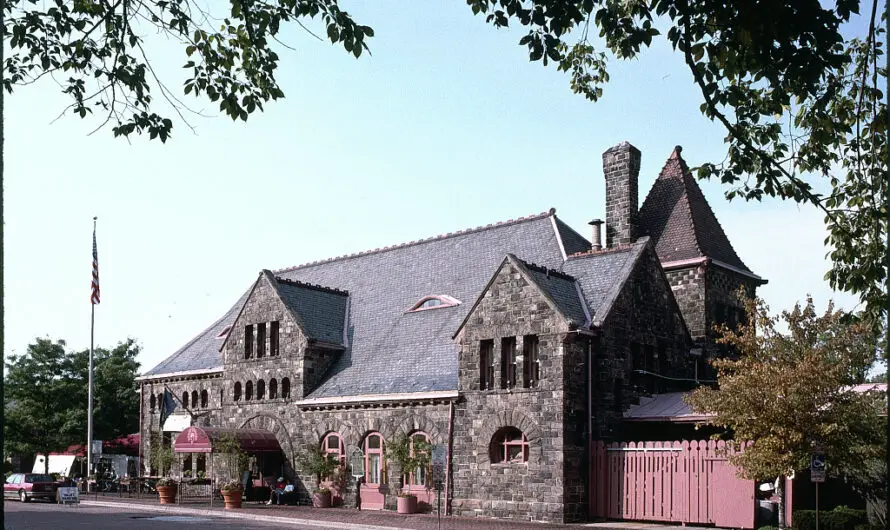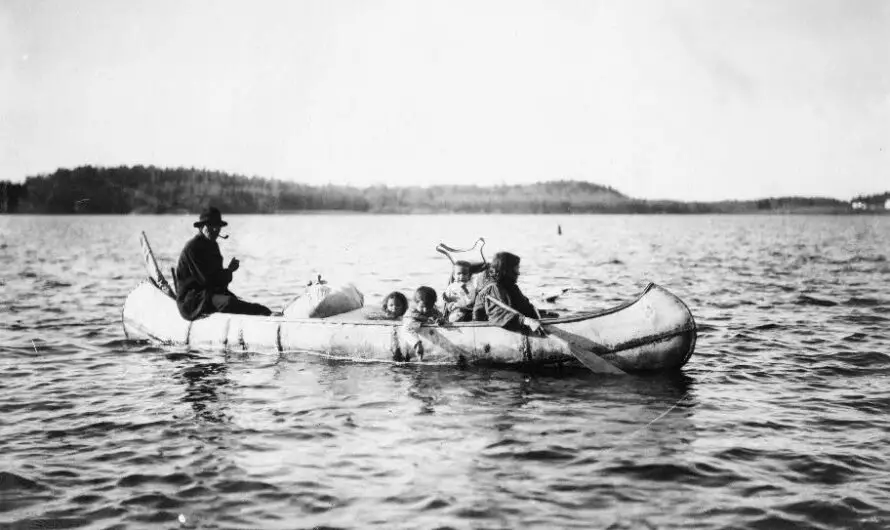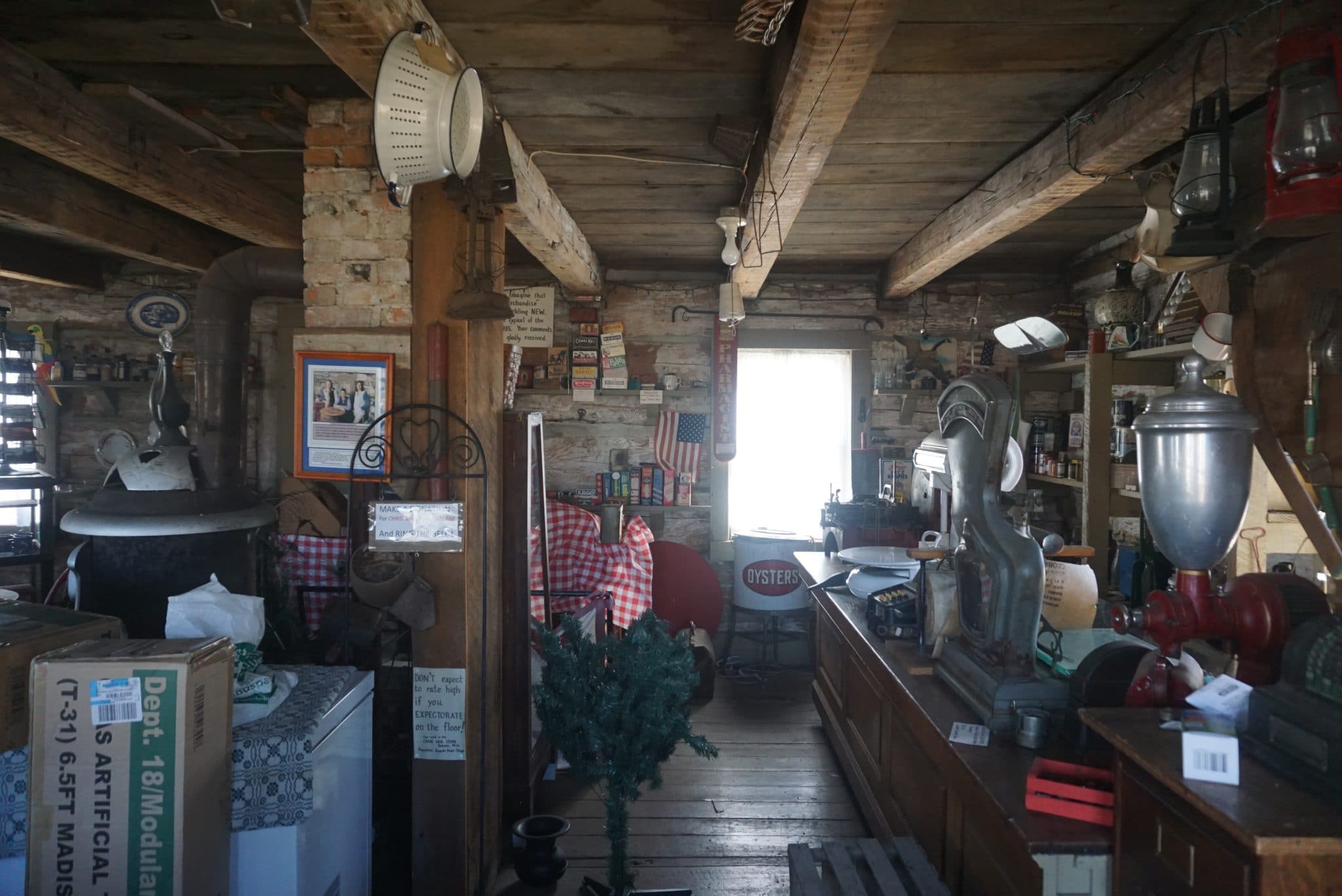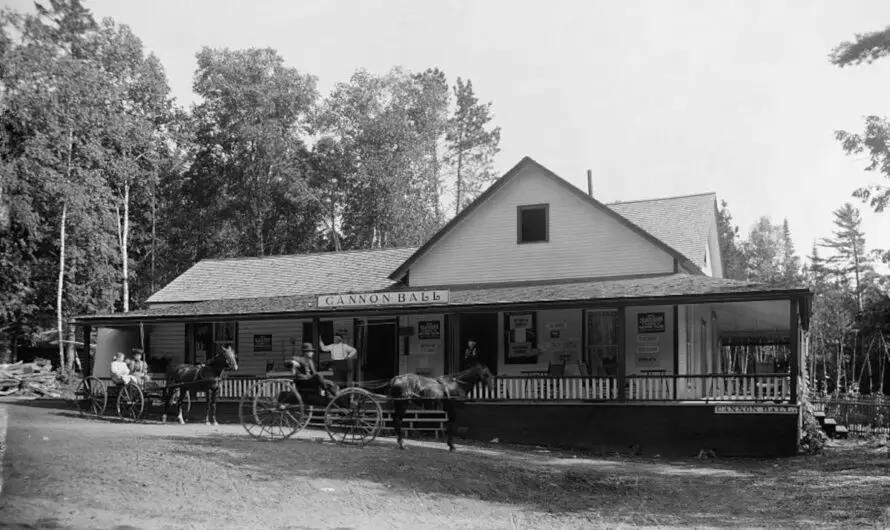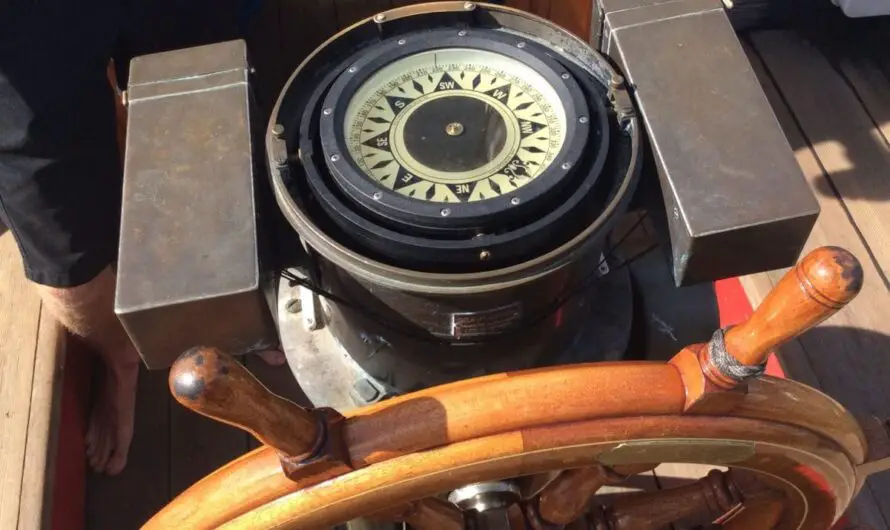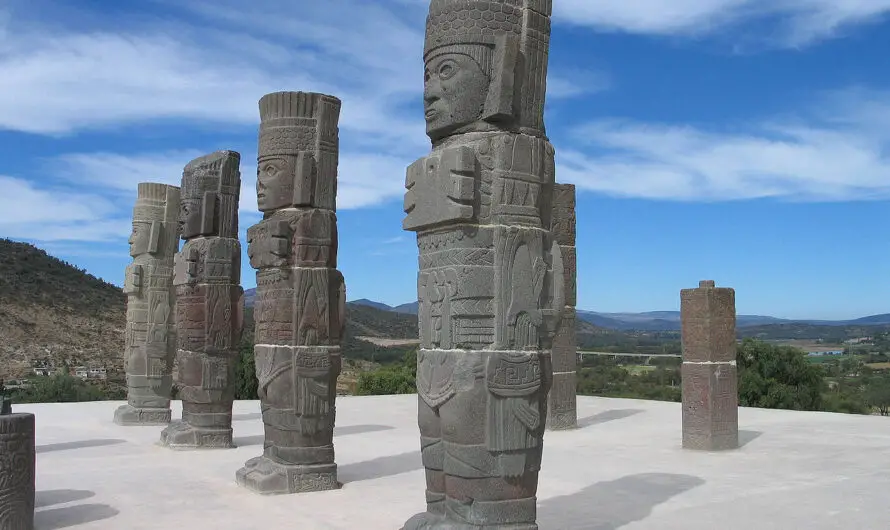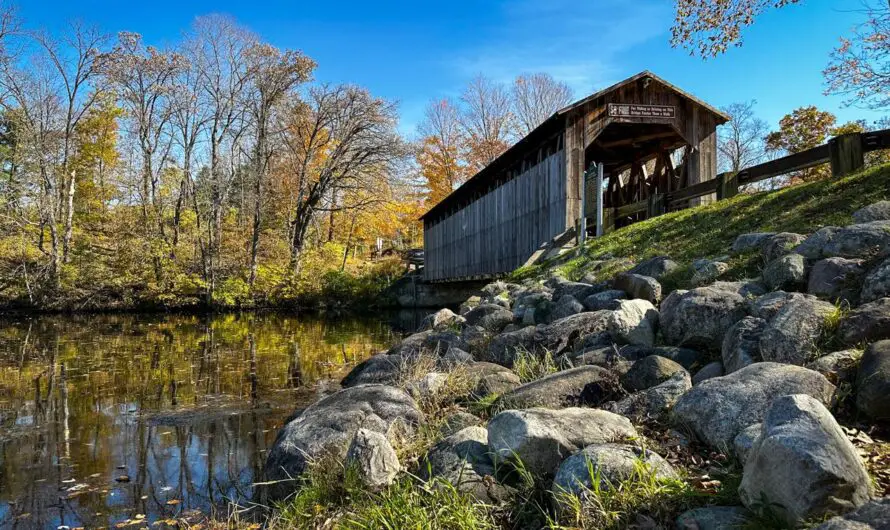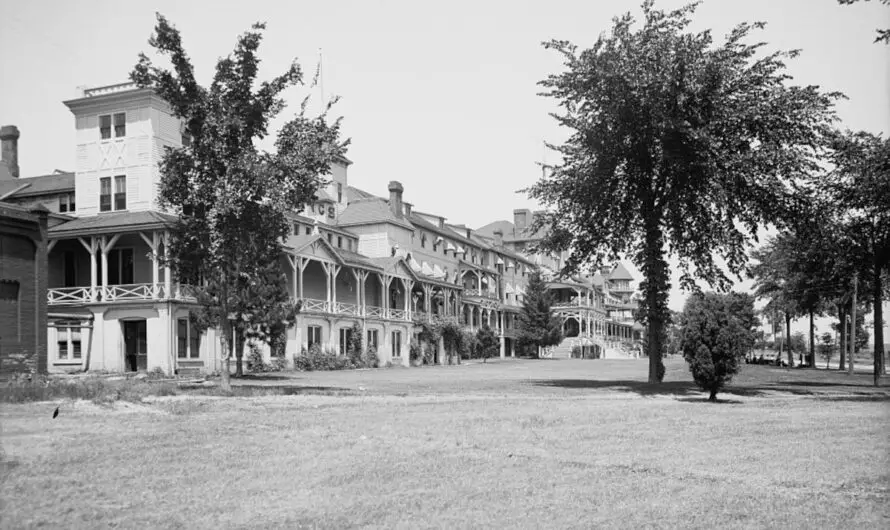5 Star Transformation – Michigan Central Depot to Exquisite Gandy Dancer
Journey back in time at the Gandy Dancer, a culinary gem housed in the historic Michigan Central Depot. Indulge in exquisite cuisine while trains pass by, echoing stories of a bygone era.

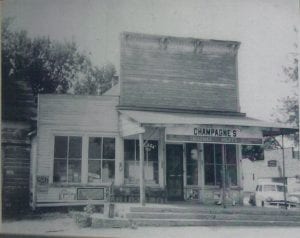 We examine stories and events that shaped the history of the Upper Thumb and Michigan. While we focus on the Thumb region, other Great Lakes historical events are covered. Major events include the lumbering era and the 1871 and 1881 great fires. We cover major pioneers and personalities that shaped the region. To hear many of our best stories, visit and subscribe to our Podcast,
We examine stories and events that shaped the history of the Upper Thumb and Michigan. While we focus on the Thumb region, other Great Lakes historical events are covered. Major events include the lumbering era and the 1871 and 1881 great fires. We cover major pioneers and personalities that shaped the region. To hear many of our best stories, visit and subscribe to our Podcast, 